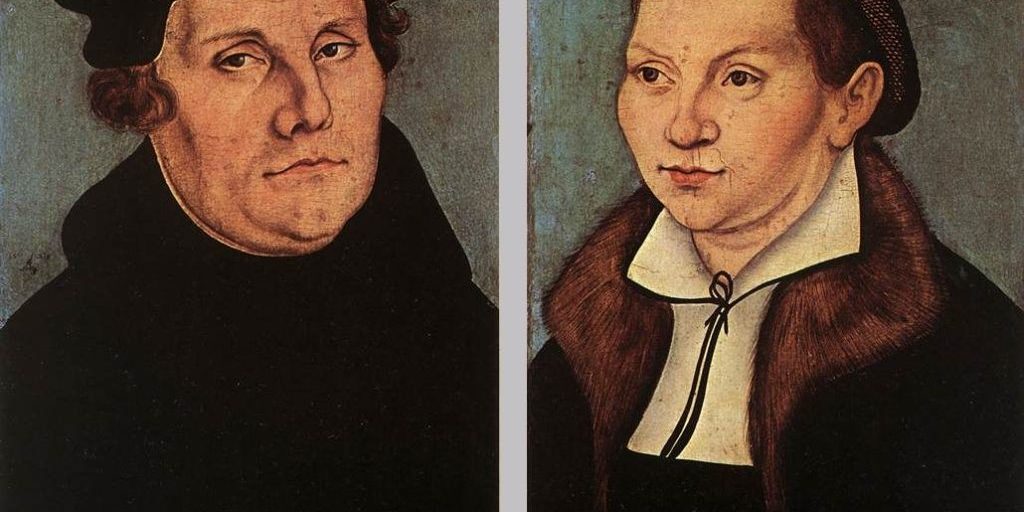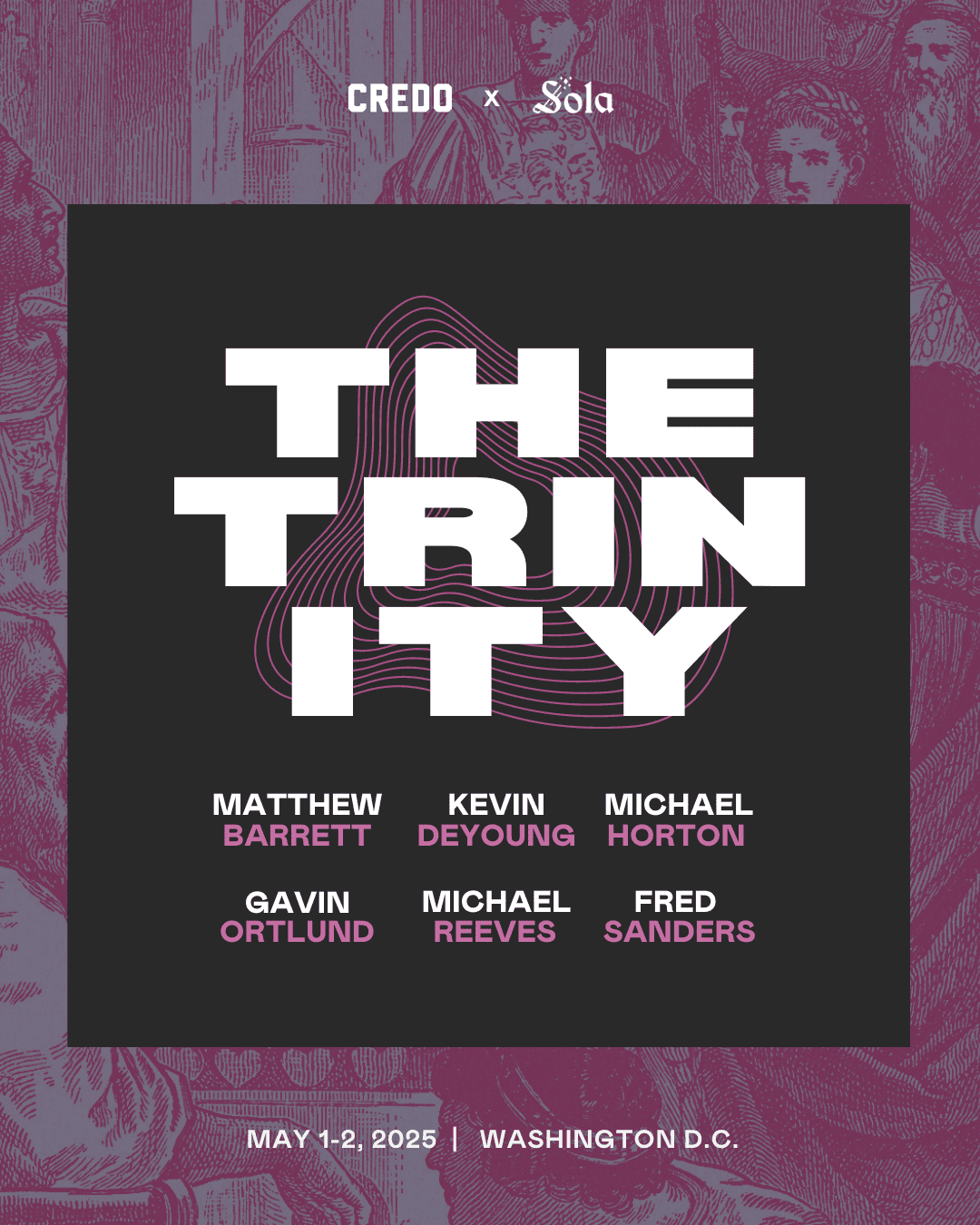
The Reformation and Marriage
The family and marriage are under siege today. Meanwhile, there is a marked decline in church attendance. We know these two things, but perhaps we have not been sufficiently clear on is how the two go together, for the gospel and the family go hand in hand. Lose the gospel, and you lose the rationale for the family.
What are we to do? Well, we could learn a good deal from the Reformation, for, very quickly, Martin Luther found that his theological reforms were having a profound impact on marriage and family life in his time.
The Monk Who Married
In the medieval church, the celibate life of monks and nuns was elevated over married life as “the life of angels.” The voluntary vows of celibacy of the early church had become a meritorious work – a kind of spiritual fast track. But justification by faith alone smashed through all this like a pneumatic drill. If vows of celibacy do not earn you salvific merit before God, why bother? The monasteries and nunneries started emptying.
In June 1525, the ex-monk Luther married the ex-nun Katharina von Bora. Their union was not planned and didn’t begin all gooey with love, but Luther said it “made the angels laugh and the devils weep,” for it pressed the issue on his contemporaries: do we really believe that we don’t need vows of celibacy to earn merit before God?
Katie became Martin’s anchor. Their letters are full of jokes and clear affection. He called her his ‘Morning star of Wittenberg’ and named his most beloved New Testament text, Galatians, “his Käthe von Bora.” With her, he safely shared his stresses, concerns, and struggles. He cared for her materially and spiritually, encouraging her to read the Scriptures. Katie was a regular contributor to their theological ‘table talk’, with Luther so enjoying her contributions that he called her “my most holy Mrs doctor,” while others were uncomfortable that a woman should be allowed to participate.
God at Home
Why was Luther’s marriage so precious to all he stood for as a Reformer? Why was he so eager to let the world see that he was such a devoted husband and father? In short, he believed that, beyond upending the legalistic culture of vows of celibacy, his gospel rediscovery radically re-shaped the reality of the everyday Christian life.
God does not need Christians’ good works; rather, our neighbour does. Our works are done to serve and bless others, revealing the character of God. Christians have good from God, and that gospel drives us back into the world to serve others in love.
While in Medieval Roman Catholicism God is in the monastery and not in the market place; in the Mass and not in the home, for Luther and the Reformers, all of life was coram Deo, “before God.” God can be glorified in all of life: at home, as husbands love their wives, as mothers care for their children. In even the little and menial things, the faithful glorify God. Indeed, the Reformers loved 1 Timothy 4:1–5 which denounces those who forbid marriage as “devoting themselves to… teachings of demons,” while everything created by God (as marriage is!) should be received with thanksgiving.
Marriage and the Gospel
Even more than this, the Reformers believed that their gospel recovery would promote marriage and a familial society because of the gospel’s very nature. The Reformers believed that their gospel recovery would promote marriage and a familial society because of the gospel’s very nature. Share on X
The gospel has it roots in the Father’s eternal covenant with his Son: that the Son would be “the firstborn among many brothers” (Romans 8:29). In other words, the foundation of the gospel – because of the nature of God – is familial. The supreme benefit of our salvation is adoption. The Father chose not a loose community of citizens nor a team of servants, but a stable and loving family –children who might never be snatched out of his hand.
The Reformers saw that the Father’s plan was deeply familial for it is a love story of Bride and bridegroom: Christ and the Church. Luther’s The Freedom of the Christian made marriage a central picture for understanding the gospel early on in the Reformation. They saw the grand narrative of scripture beginning and ending with weddings. In Genesis 2, Adam and Eve were joined together and so “a man shall leave his father and his mother and hold fast to his wife, and they shall become one flesh.” Here, Adam was serving as a “pattern of the one the come” (Romans 5:14)– a model of the Last Adam, the ultimate Bridegroom. And thus when Paul quotes Genesis 2:24, he can say ‘This mystery is profound, and I am saying that it refers to Christ and the church” (Ephesians 5:31). Finally, in Revelation 21 John writes: “I saw the Holy City, the new Jerusalem, coming down out of heaven from God, prepared as a bride beautifully dressed for her husband.”
In the 1600s, The Marrow of Modern Divinity, picked up the theme, imagining a wise pastor speaking to a shaky, doubt-filled young Christian:
the marriage union betwixt Christ and you is more than a bare notion or apprehension of your mind; for it is aspecial, spiritual, and real union… Whence it must needs follow that you cannot be condemned, except Christ be condemned with you; neither can Christ be saved, except you be saved with him… [For]when Christ hath married his spouse unto himself, he passeth over all his estate unto her; so that whatsoever Christ is or hath, you may boldly challenge as your own.
Just a few years earlier, Richard Sibbes had written:
Let us oft think of this nearness between Christ and us, if we have once given our names to him, and not be discouraged for any sin or unworthiness in us. Who sues a wife for debt, when she is married? … Therefore answer all accusations thus: ‘Go to Christ.’ If you have anything to say to me, go to my husband.
It is only the gospel that gives marriage its logic. When we lose the gospel in a society, the institution of marriage will start to fall apart, as we see around us today.
What Our Culture Needs
In this grand story of Christ the Bridegroom, there two things our culture longs for and yet keeps running away from in its blindness. True love and faithfulness.
In Christ we see a perfect Bridegroom who has no secret agenda to use his beloved or take from her. He is not lacking or needy, but loves out of an overflow of goodness. As we see supremely in his self-giving for her on the cross.
From heav’n He came and sought her
To be His holy Bride;
With His own blood He bought her,
And for her life He died.
With his blood he betroths his people with an everlasting covenant. As he promises in Isaiah 62:4,
You shall no more be termed Forsaken, and your land shall no more be termed Desolate, but you shall be called My Delight Is in Her, and your land Married; for the LORD delights in you, and your land shall be married. For as a young man marries a young woman, so shall your sons marry you, and as the bridegroom rejoices over the bride, so shall your God rejoice over you.
This is a love beyond the dreams of Disney and every aching heart out there. And it is only this gospel that has the ability to create human marriages of true love and faithfulness. In our broken culture of self-gratification, faithlessness and using, the heirs of the Reformation have the key. We can tell the world of our loving Father and Christ the faithful bridegroom. And following him we can display healthy, affectionate marriages and families, which are the fruits of this gospel. Of course, it’s not only those who are married: those who are single can equally preach and adorn this gospel – honouring families, and not blurring marriage with faithless, fickle promiscuity. Christian singles, knowing that human marriages are only copies of the Great Romance, can show the world by their lack of desperation that no other spouse – only Christ – can fulfil our deepest longings.
This gospel will prevail. Before long, having got all ready, the great Bridegroom will return. And history will end with his wedding supper, where he will swallow up death forever. “Behold I am coming soon!” he promises. And the Spirit and the bride say “Come!”

